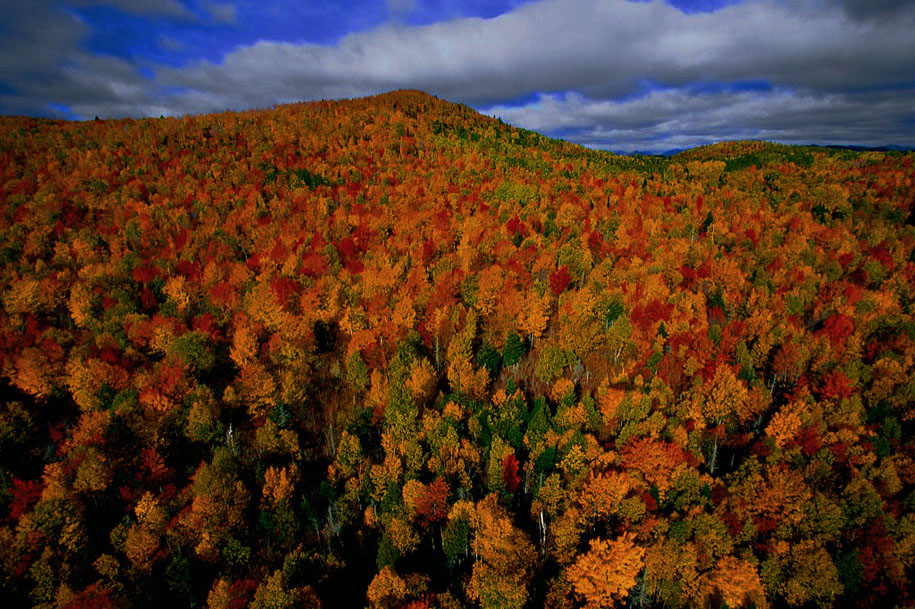Planning a timber harvest isn't just about removing mature trees—it's about managing your forest for long-term productivity, ecological health, and higher timber value. In this post, Ohio Timber Works explores how thoughtful timber harvest plans can improve forest regeneration, enhance hardwood stand quality, and increase future income from your land. From selective thinning techniques to species-specific growth rates for oak, maple, and walnut, we highlight strategies that benefit both landowners and Ohio's forest ecosystems. Whether you're considering your first harvest or looking to improve your existing woodland, this guide to sustainable logging practices in Ohio can help you make informed, responsible decisions for your timberland.
Updated May 18, 2025 — now includes species‑specific growth data and personalized stand designs beyond basic genetics.
In this guide, Ohio Timber Works presents an evolved approach to timber management. We do so by drawing on recent data and modern forestry practices. That’s how we deliver customized harvest strategies tailored to your landowner objectives—whether financial, ecological, or legacy-focused. While genetic selection basics are introduced in “Bad Trees Make Bad Seeds”, this article emphasizes site planning, growth forecasting, and rotation timing to optimize long‑term yield.
Estimating Growth Rates by Species
Your forest’s development pace depends on species and conditions. For instance, Red Oak and White Oak typically gain 2–4″ in diameter per decade and take many decades to achieve sawlog size. In contrast, species like Loblolly Pine can reach commercial board footage in just 25–35 years under ideal conditions. Understanding these growth differences guides effective harvest scheduling.
Creating a Tailored Harvest Plan
We assess soil quality, current stand density, and species mix to design a harvest plan just for you. From spacing and thinning cycles to rotation intervals, each step is chosen to support regeneration, maintain quality, and align with your sustainability or financial goals.
When to Thin and Which Trees to Prioritize
Not all removals respond the same. Some older trees lack future market value; others compete excessively and stunt adjacent growth. We prioritize thinning based on:
- Limited future expansion:Trees unlikely to reach diameter targets before the next harvest cycle
- Inefficient crown structure that limits diameter growth in surrounding stands
- Site competition and density that suppress stronger individuals
Through structured thinning, your remaining trees can invest energy into growth that contributes to stand-level volume and quality.
What Stewardship Looks Like on the Ground
A forest managed with this strategy features diverse, well-spaced trees, thriving regeneration, and resilient habitat value. Such planning balances ecosystem health with economic return—turning each harvest into a step in a sustainable legacy.
Enhancing Stand Quality with Strategic Removal
Quality is not guaranteed just by size. Some trees—despite appearing healthy—may exhibit poor taper, low live crown ratios, or unfavorable branching patterns that reduce timber potential. Those individuals can obscure growth of more desirable trees. For this reason, removing them purposefully, we create space for superior specimens to thrive.
Benefits of a Modern Harvest Strategy
- Defined rotation schedules aligned with species growth curves
- Improved timber quality through selective spacing and canopy optimization
- Sustained stand health via balanced species composition and density
- Higher-value future yields driven by intentional spacing and removal
Start Planning Your Harvest Today
Ohio Timber Works helps you:
- Assess site-specific growth expectations
- While selecting trees that maximize long-term stand quality
- Schedule harvest cycles based on species-specific targets
External resources

